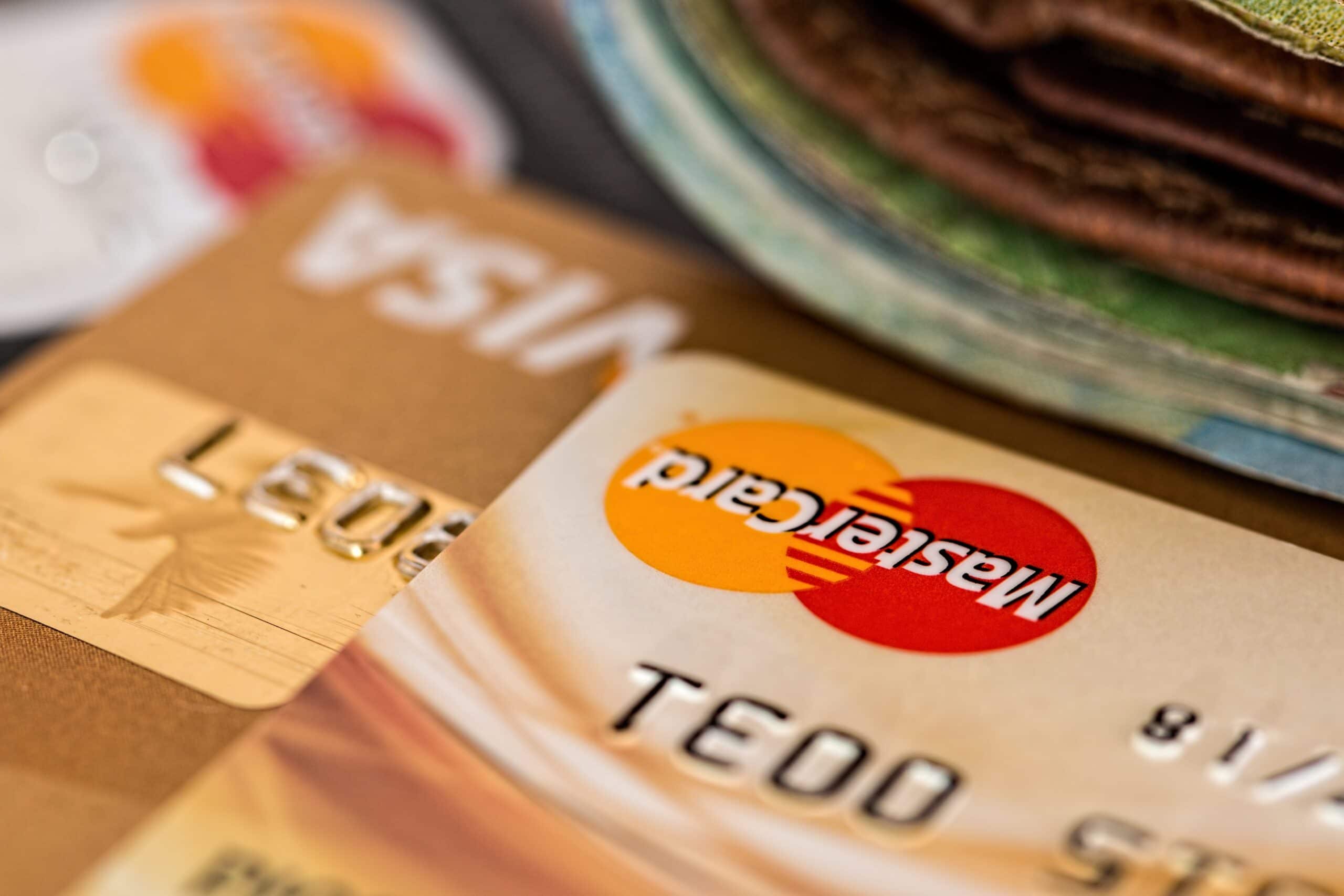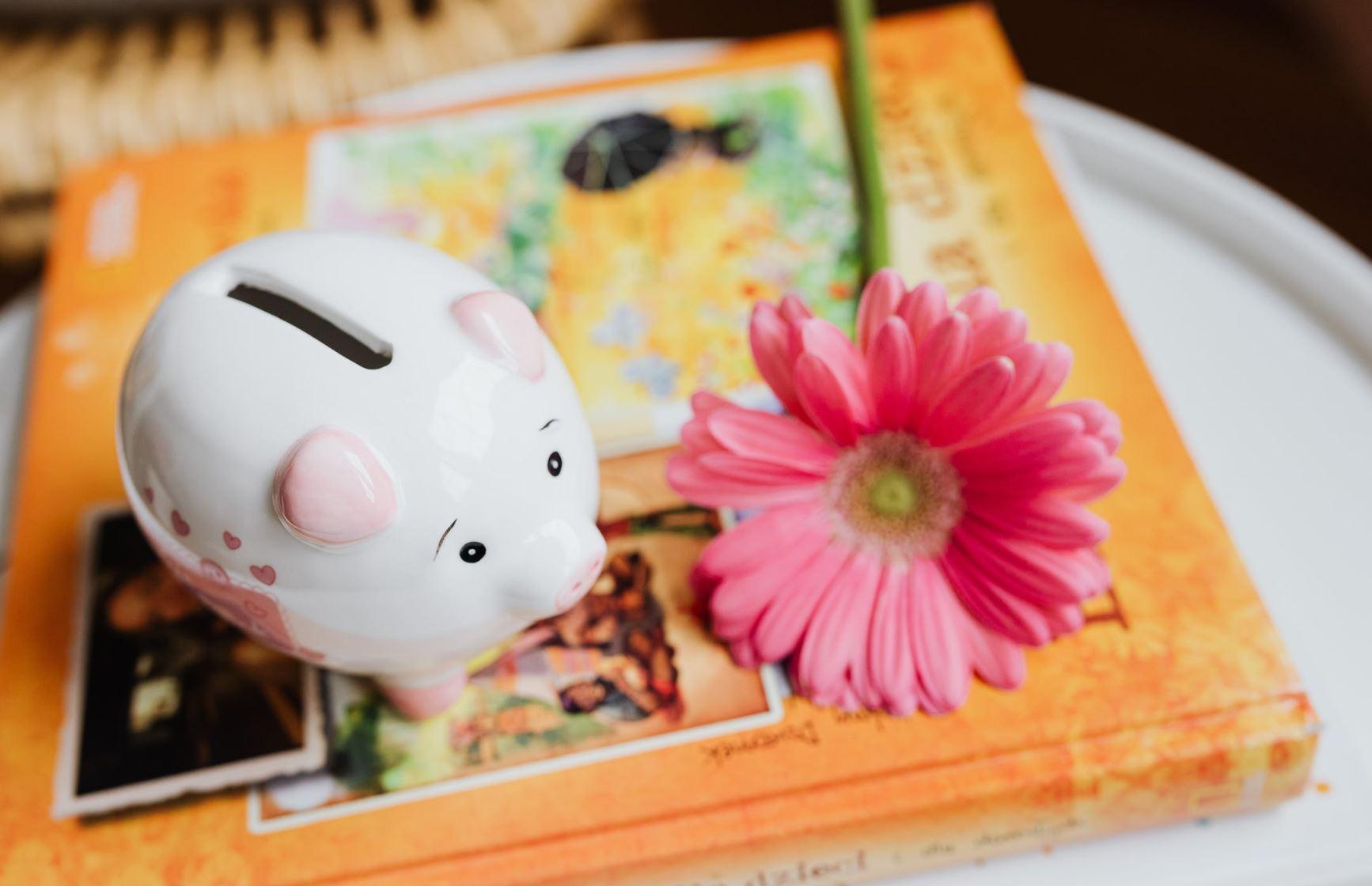Teaching children about finance early can set them up for a bright future. You can expect your child to learn everything in school, but not money, plus every family has different situations. Experts agree that parents setting positive examples of financial behaviors can have an incredible impact on children. The OCED reports shows that only one in ten students performs at the highest level of financial literacy, these students are able to make financial decisions in contexts that will only become relevant to them later in life. But before you start teaching your kids how to use an ATM, you need to teach them some basics money management activities.
Teaching them basic financial principles will lay the necessary foundation to make sound decisions as they grow up.
Not sure where to start? You’re lucky because today, we’re counting down the top eight ways you can use everyday activities to teach money management kids.
Related Articles in this blog:
- 10 Tips for Household Money Management
- Explain Money to Children, 11 Reasons Why it is Useful
- How Young is Too Young to Understand Money?
- Money Lessons for Kids? Values, Saving, Spending and Giving
- 10 Mistakes Parents Make in Teaching Kids about Money
- How Much Should Be a Kids Pocket Money per Week
- How to Teach Kids About Money at Every Age?
- 7 Ways of Teaching Money Concept to Children
- 10 Best Ways to Teach Kids About Money
Table of Contents
1. Making Them Work for Allowance
One great way to teach kids about money is by making them work for their allowance, and this will show them the value of a dollar and how hard they have to work to earn it. You can also tie in lessons about budgeting and saving.
For example, you can give them a set amount of money every week for doing certain chores around the house. You can create a list of age-appropriate tasks, such as making their bed, setting the table, or taking out the garbage.
You can also raise them if they do extra chores or complete their tasks early, which will teach them the importance of being proactive and working hard.
Once they have their allowance, you can encourage them to save some of it. Teach them how to use a piggy bank or an online savings account and the benefits of putting money away for the future.


2. Encoring Part-Time Work
So, you’re giving them chores and paying them for their work. You’re your child’s first boss. But be honest – you can’t be strict with them. After all, they’re your kid.
If you want your child to start learning what working for someone feels like, you can encourage them to get a part-time job when they’re old enough.
This could be babysitting, helping to walk the dog or taking care of pet for the neighbors, or working at the local grocery store. The key is to find something that’s age-appropriate and not too demanding. A part-time job will teach them the value of money, responsibility, and hard work, and they’ll get some spending money on top of it.
Just keep an eye on them and provide support where needed.

3. Having Them Contribute to Shopping
So, you decided that your child is still too young to work? Fine, no problem. They still have an allowance. Teach them how to save and budget and let them participate in household shopping.
They’ll have to pick and choose what they need with a limited budget. Teach them how to prioritize, and encourage them to save up for big-ticket items if possible.
Roleplaying can be a great way to teach kids about budgeting and saving, so why not have them go shopping with you? Show them how to compare prices, read labels, and help them learn what kind of food is healthy and what isn’t.



4. Preparing Them for Peer Pressure
At some point, your child will face peer pressure. Kids waste money on the silliest things. Sometimes in their accordance, but often because their friends are doing it. Teach them how to resist peer pressure and make their own decisions.
A great way to do this is by giving them a set amount of money to spend every week or month. They can use it however they want, but once it’s gone, it’s gone.
Train them to save up for big-ticket items, so they don’t have to rely on peer pressure.
That way, they’ll know how to prioritize and think about the consequences of their purchases. There’s nothing wrong with buying a new video game or pair of shoes, but your child needs to understand that there are more important things in life than just material things.


5. Establishing a Bank Account
A bank account is a great way to teach kids about money and financial responsibility. As soon as they’re old enough, you should open up an account for them and help them set up direct deposit or automatic transfers from their allowance into their savings account.
Please show them your bank’s website and explain how to monitor their transactions online. They can even start using budgeting tools, track their spending habits, and set goals for themselves.
At what age should they get their account? Well, there are no set rules. Some children are ready before the age of 10, while others aren’t ready at 16. You need to assess your child’s maturity level and whether they’re prepared for the responsibility.



6. Introducing Digital Learning
Kids these days learn a lot about money through digital channels – apps, games, websites, etc. Teach them how to make intelligent decisions regarding tech and money.
For instance, they need to know that just because something’s free doesn’t mean it’s not costing them anything. Teach them the difference between in-app purchases, freemium games that offer a premium membership or paid upgrades, and advertising.
If you don’t want your child to get addicted to online games or start spending money on microtransactions, you need to educate them about them. Teach them the difference between a good game and a lousy game and how to spot addictive features in digital content.
7. Let Them Make Mistakes
This may be the most important tip of all. It’s okay to let your kids make mistakes with their money, and they need to learn from experience
What’s important is that you’re there to help them recover from those mistakes. Teach them how to budget and save, and let them know that you’re there for support.
The most important thing to remember is that mistakes are a natural part of learning. Teach your kids about financial literacy and encourage them to learn from their own experiences.
8. Have Them Invest in Their Future
Last but not least, encourage your kids to start investing in their future. This doesn’t mean you have to open a brokerage account for them – although you could if you wanted to – but it does mean teaching them about the importance of saving for retirement.
You can start by having them set aside a certain percentage of their allowance to invest. Teach them about the importance of long-term investing and how to balance that with short-term savings and spending habits.
Closing Thoughts
With these tips in mind, you can help your kids develop healthy money management activities. Whether through allowances, part-time jobs, or digital learning, there are many ways to teach kids about financial responsibility. Teach them good habits now, and they’ll be ready for the future.
Now, do you have any other tips to teach your kids about money management activities If so, please leave us a message
About Me
Hi, there. I am Lin. Together with my husband and two kids, we live in the beautiful Netherlands in Europe. I am dedicated to self-development, creating quality time for the whole family, and fully supporting kids with their potentials with all I have learned from engineering, MBA, and 10+ years of working experience in the energy sector.



6 Comments
Comments are closed.